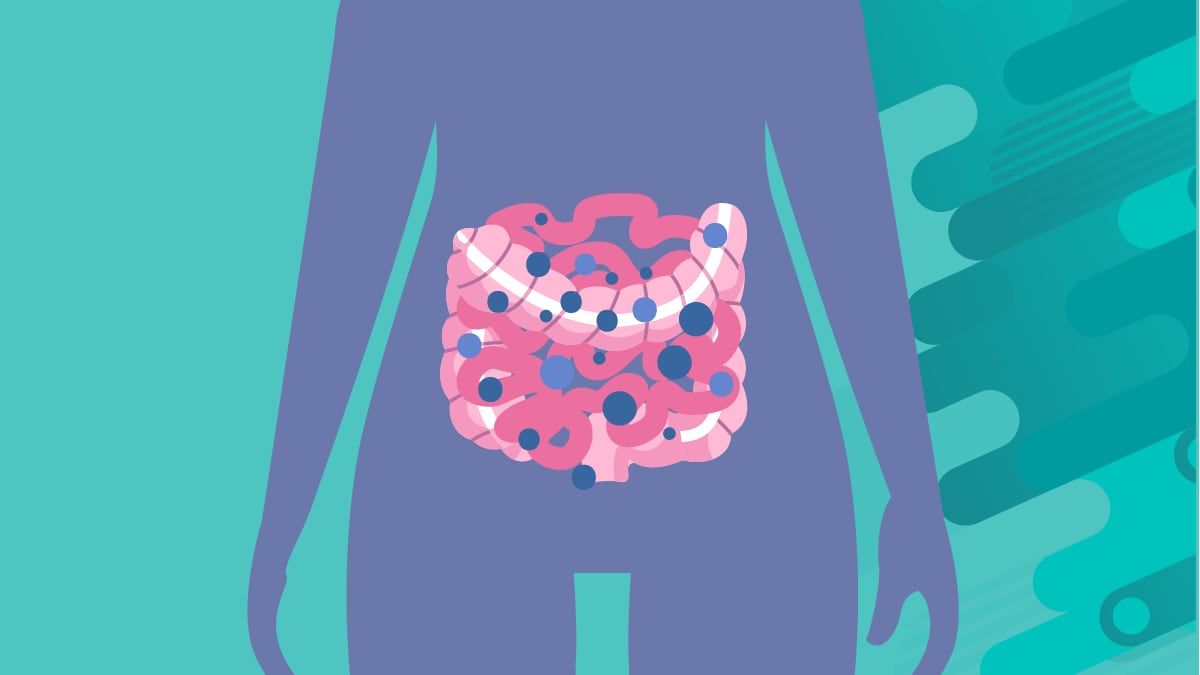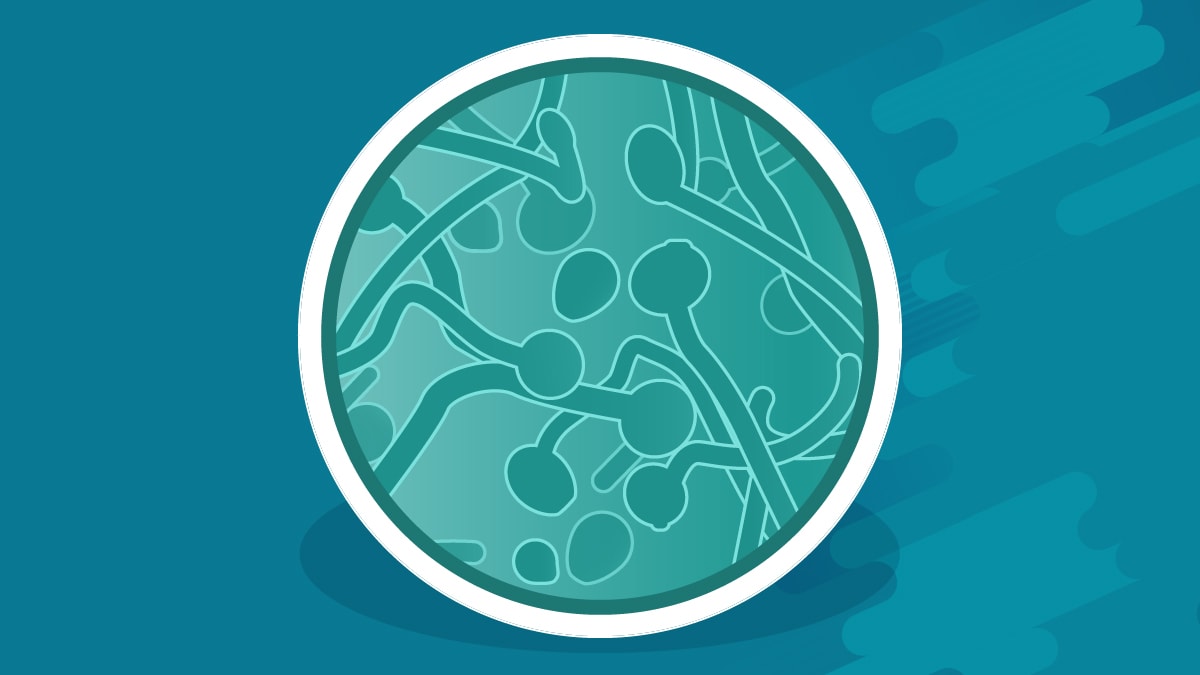Key points
- Candidiasis is a fungal infection caused by an overgrowth of the yeast Candida.
- Many types of Candida live naturally in parts of the body and only cause symptoms if too much grows (i.e., vaginal yeast infections).
- Invasive candidiasis can occur in hospitalized patients if Candida infects the bloodstream (candidemia), organs, or bones.

Overview
Candidiasis is a fungal infection caused by Candida, a yeast. Everyone has Candida on their skin and in parts of their body (like the mouth, throat, gut, and vagina). Candida only causes symptoms and infections if it grows out of control.
Vaginal candidiasis (yeast infections) are one of the most common fungal infections. Candida can also overgrow in the mouth or throat (thrush) or in the esophagus (the tube leading from the throat into the gut).
Invasive candidiasis occurs among hospitalized patients when Candida infects the internal organs like the kidney or brain or the bloodstream (also called candidemia). The symptoms and severity of infection are very different compared to the more common candidiasis of the vagina, mouth, throat, and esophagus. Generally, healthy people are not at risk for invasive candidiasis.

Types and strains
Many types (species) of Candida live on the skin and in parts of the body and normally do not cause any health effects. The most common species that can overgrow and cause candidiasis are: Candida albicans, Candida glabrata, Candida parapsilosis, Candida tropicalis, and Candida krusei.
Candida auris
Symptoms
Symptoms of candidiasis depend on the part of the body that is infected.
Some examples of types of infection and symptoms include:
- Vaginal candidiasis (yeast infection) -vaginal itching, soreness, and discharge.
- Candidiasis in the mouth and throat (thrush)- white patches, redness or soreness.
- Candidiasis in the esophagus - pain and difficulty swallowing.
- Invasive candidiasis- fever and chills are common.
- Symptoms depend on where the infection spreads such as organs or bloodstream (candidemia).
- People who get invasive candidiasis are already sick making it hard to determine symptoms.
- Symptoms depend on where the infection spreads such as organs or bloodstream (candidemia).
Risk factors
A weakened immune system and certain types of medications increases the risk of candidiasis.
Other risk factors can depend on the type of infection. For example, pregnancy and hormonal changes increase the risk of yeast infections. People with HIV/AIDS have a higher risk of getting esophageal candidiasis.
Invasive candidiasis occurs among sick and hospitalized patients and is not a risk for healthy people. Some medical interventions increase the risk for invasive candidiasis and candidemia, include having a central venous catheter, surgery, and chemotherapy.
Treatment and recovery
Candidiasis can be treated with different types of antifungal medications. Antifungal medications come in different forms: topical (creams, lozenges, oral rinses), pills, or intravenous solutions (taken through the vein). The type, dose, and length of antifungal treatment depend on the type and severity of infection and underlying health conditions.
